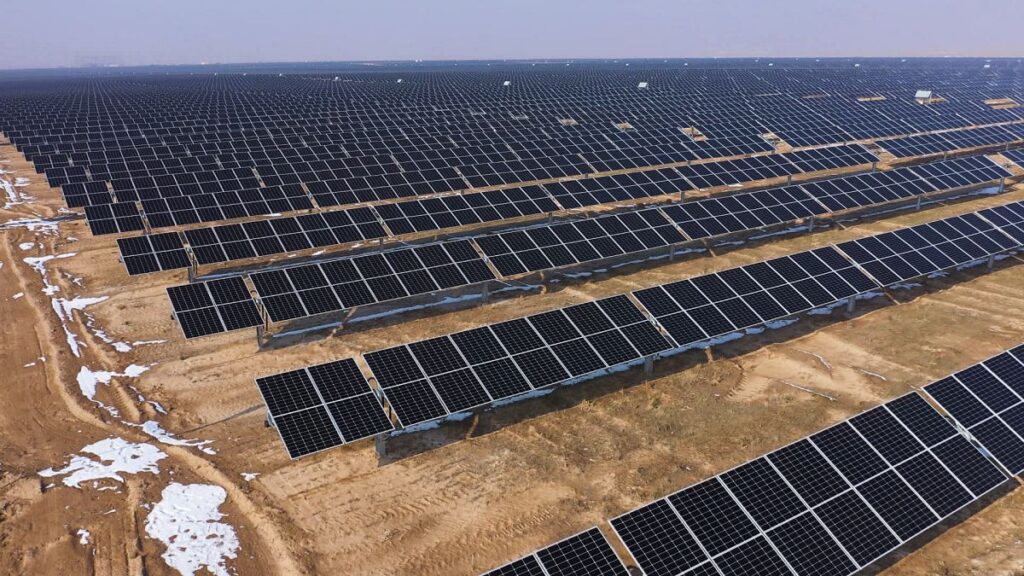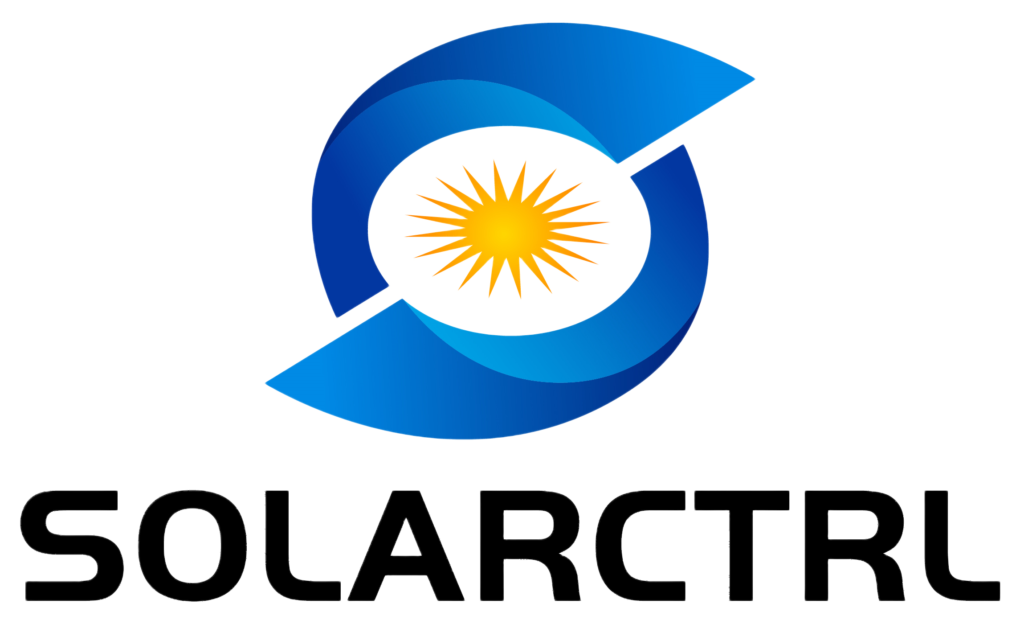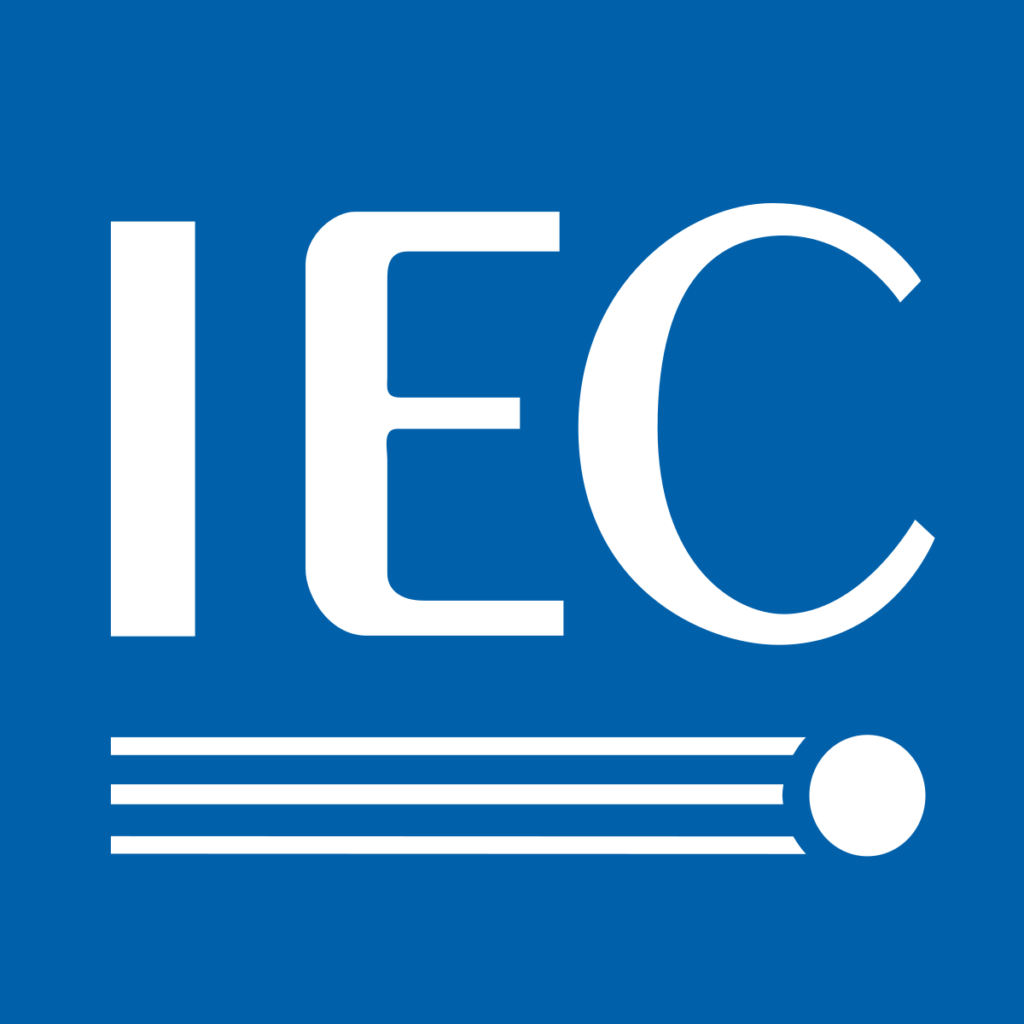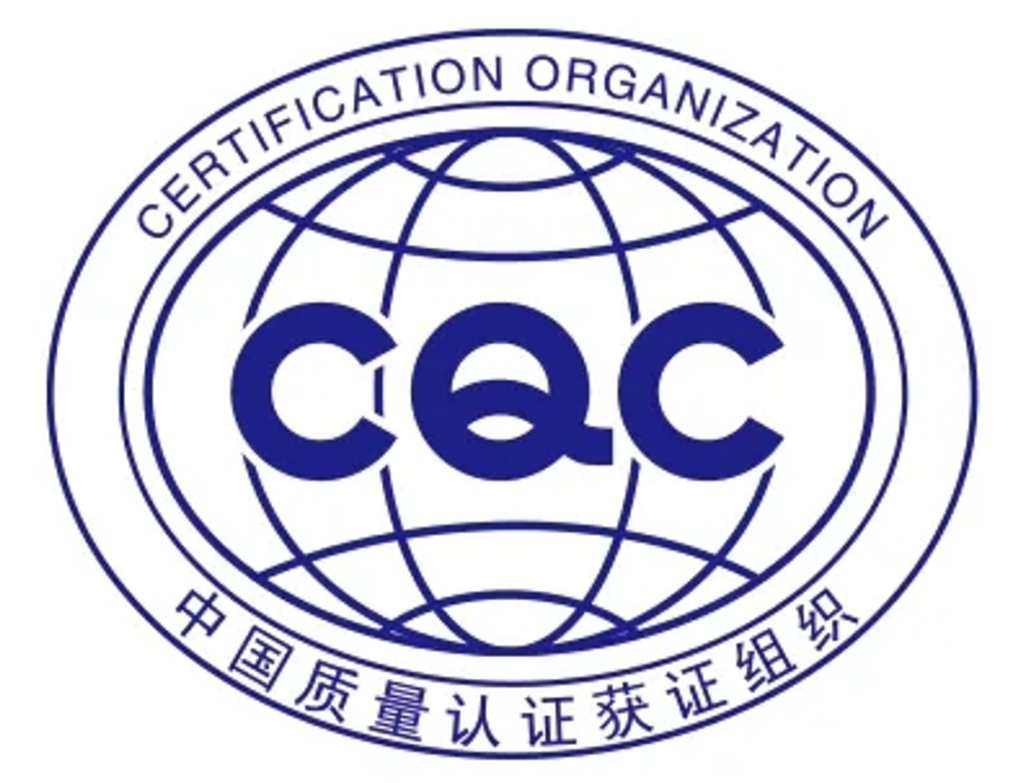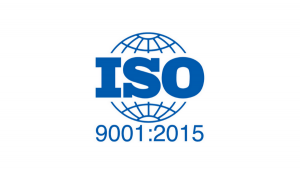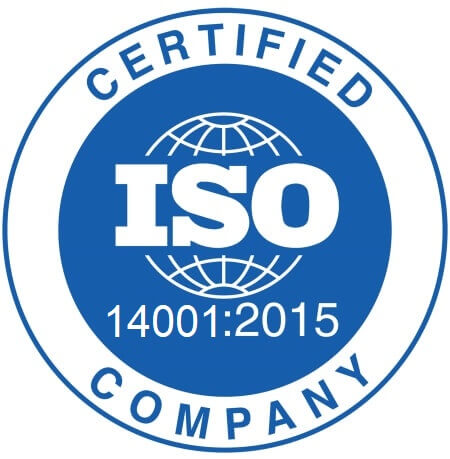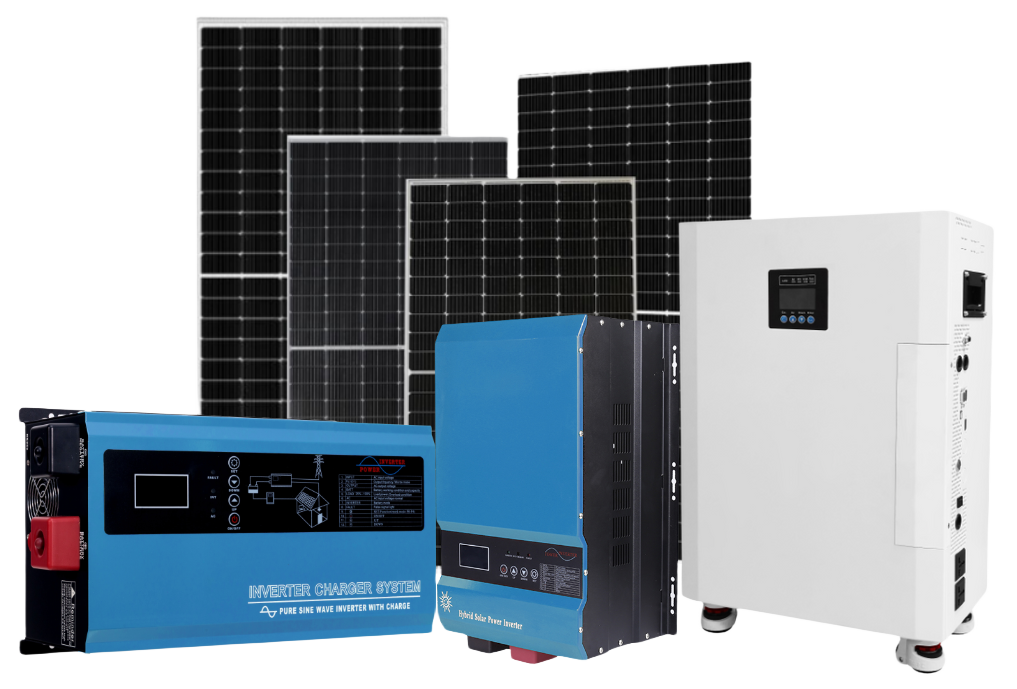If you are interested in the photovoltaic industry, you can follow the News section of our website. We will regularly collect global current affairs news in the industry and share it with you.
Hot 1: Philippines Approves 37.9 MW of Photovoltaic Net Metering Capacity in 2023
Since the launch of the net metering program in 2015, the Philippines has approved a total of 101.1 MW of photovoltaic power generation capacity under the program.
Last year, the Philippine Energy Regulatory Commission (ERC) issued 4,124 new Certificates of Compliance (COC) to qualified end-users under its net metering program.
The newly added producer-consumers generated an additional 37.935 MW of electricity through renewable energy facilities. The ERC stated that this electricity can be used for self-consumption, and any surplus can be exported or sold to the distribution system.
The ERC has signed agreements with the Philippine electric distribution company Meralco and the Pasig City government, as well as More Electric and Power Corp. and the Iloilo City government, to establish one-stop service centers to increase public awareness of the net metering program and encourage more applications to the program. The commission plans to continue this work in 2024.
ERC Chair and CEO Monalisa C. Dimalanta said, “The net metering program is one of the cornerstones of energy democratization. It allows consumers to generate their own electricity, and even supply others with electricity beyond meeting their own power needs.”
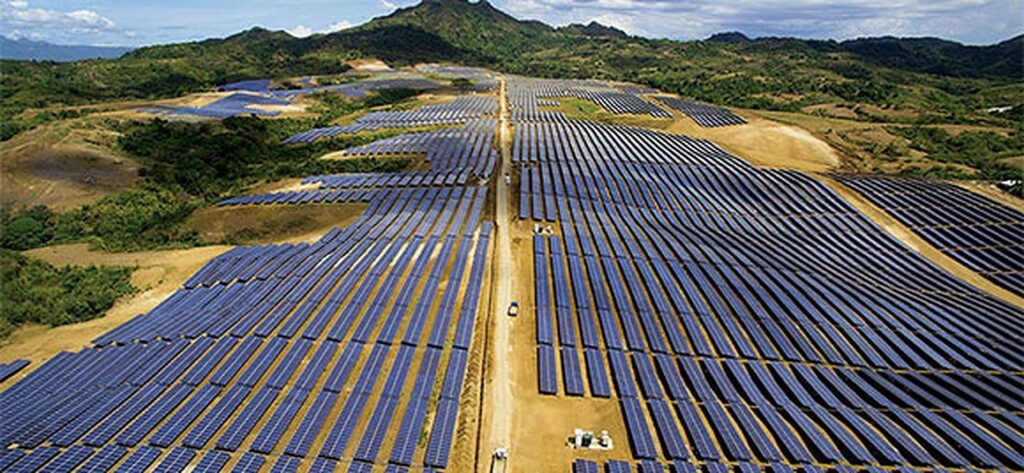
https://mp.weixin.qq.com/s/eqoKtEXaIYAiEkBgZd-JxQ
Hot 2: Portugal, Record-Breaking Photovoltaics in 2023!
Recently, Portugal’s electric grid operator Redes Energéticas Nacionais stated that last year, 61% of Portugal’s electricity consumption was provided by renewable energy, setting the highest record for the national electricity system.
Redes Energéticas Nacionais indicated that the renewable energy production in 2023 will reach 31.2 TWh. In Portugal, wind power accounts for 25% of consumption, followed by hydroelectric power (23%), solar photovoltaics (7%), and biomass energy (6%).
The annual capacity of solar photovoltaics is about 3.58 TWh, a year-on-year increase of 43%.
Portugal is enhancing its solar installation capacity. In its National Energy and Climate Plan (NECP), the target is to reach 20.4 GW of solar photovoltaic installation capacity by 2030.
Three-quarters of this target will come from large-scale power projects (14.9 GW), with the remaining 5.5 GW expected from self-use solar or local consumption (distributed solar as per the draft document).
This new target more than doubles the previous national plan, which anticipated reaching 9 GW of solar photovoltaic power by 2030.
PV Tech reports that licensing issues are one of the main obstacles in the Portuguese photovoltaic market.
At last year’s large-scale solar exhibition in Europe, experts discussed the future of the Portuguese solar market. Portugal has made several regulatory improvements, including more lenient environmental assessments for projects not exceeding 100 hectares, to accelerate the deployment of solar photovoltaic projects.
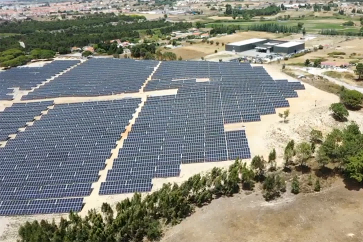
https://mp.weixin.qq.com/s/7C3SKJuliSxGUQXNZWmxXg
Hot 3: 40% Drop in Component Prices! Brazil Penalizes Solar Photovoltaic Imports
Rodrigo Sauaia, General Manager of the Brazilian Solar Photovoltaic Energy Association (ABSOLAR), in an interview with Canal Solar, stated that Brazil’s announcement in 2023 to increase import taxes on solar photovoltaic components could jeopardize the development of 18 GW of solar power plants, which would create 540,000 green jobs.
The decline in the prices of photovoltaic power equipment is mainly driven by the increase in production capacity in China, which accounts for 90% of the global output of photovoltaic equipment.
The price drop and market chaos are particularly evident in Brazil. In 2023, the price of solar components in Brazil dropped by an average of 40%, making it one of the markets frequently criticized by domestic photovoltaic enterprises for its low prices and intense competition.
On the other hand, the reduction in prices has further strengthened the confidence of Brazilian consumers and increased the attractiveness of installing rooftop photovoltaic systems, even with the new charging regulations for using solar components in distributed generation already in effect.
According to Sauaia, the decision was made under pressure from domestic manufacturers, who sought protectionist measures to ban the export of photovoltaic equipment to the Brazilian market.
Sauaia believes that this measure does not solve the problem; rather, it harms Brazilian consumers and the vast majority of the solar industry, benefiting only a small portion of domestic manufacturers who have installed equipment in Brazil.
He explains that currently, products manufactured domestically in Brazil account for less than 5% of the photovoltaic market demand and are 50% more expensive than international products.
“These measures run counter to Brazil’s efforts to accelerate energy transition. They risk the current investments in this industry and could destroy tens of thousands of jobs created over the past decade,” he said.

https://mp.weixin.qq.com/s/FD1I-5Pz91OLXtTmQmxaJw
Hot 4: 400MW! Chinese Enterprise Launches Solar Photovoltaic Project in Uzbekistan
Recently, China Energy Engineering Group Co., Ltd. (CEEC) has put into operation 400MW of the 1GW solar energy project in Uzbekistan, a project with an investment of 8.1 billion USD. This is the latest project in the company’s investment portfolio in Uzbekistan to achieve commercial operation.
China Energy Construction used tracking brackets produced by Chinese manufacturer Citic Bo for this project. Citic Bo announced that the project had been put into commercial operation as scheduled on December 27 last year.
After launching the single-axis tracking bracket in 2022, Citic Bo agreed in August last year to provide the SkyWings solar tracking system to the project. This system uses a connected drive to move two rows of tracking brackets simultaneously, allowing them to consistently track the sun’s trajectory.
This development is a positive progression for the energy sector in Uzbekistan, which has traditionally been dominated by fossil fuels, especially natural gas. According to a report by the International Energy Agency (IEA), in 2019, natural gas accounted for 54% of the country’s electricity capacity.
By the end of 2021, Uzbekistan’s solar energy installed capacity had reached 104MW. To achieve the government’s targets of 4GW of solar power capacity by 2026 and 5GW by the end of this century, the country must accelerate the commissioning of new projects.
